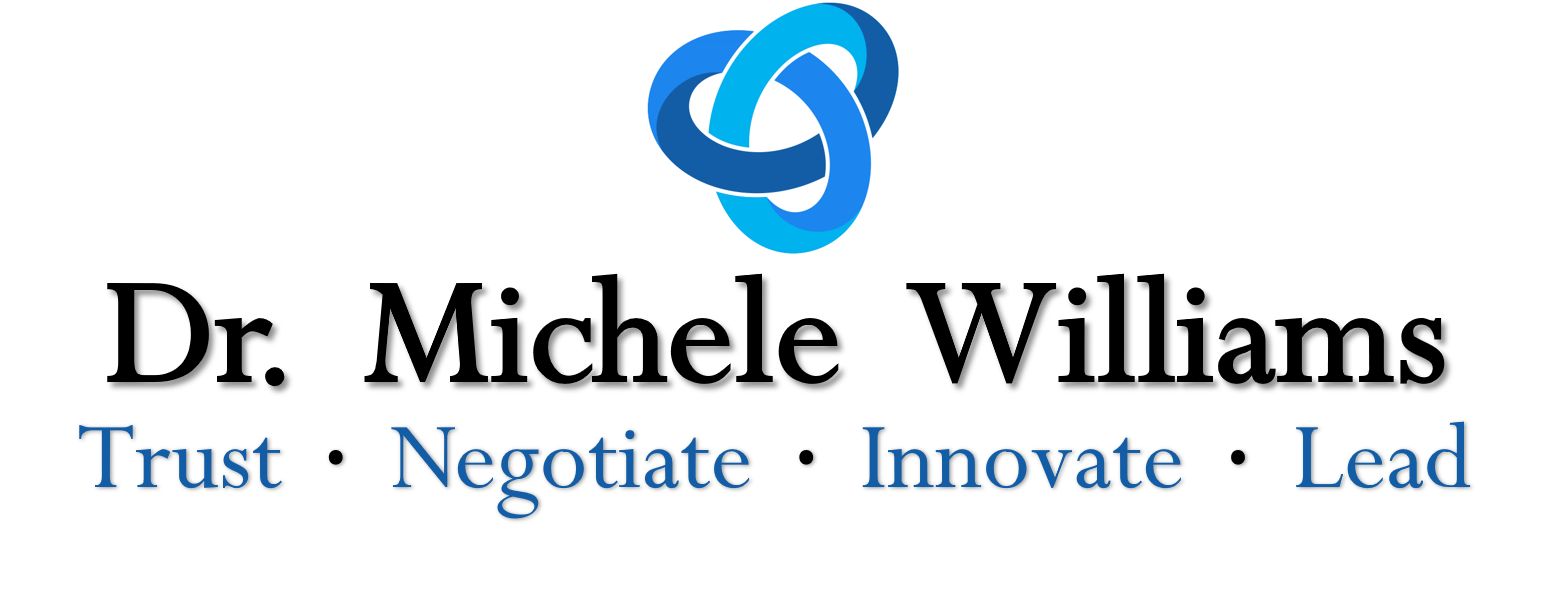Bridging the Trust Gap: 3 Ways to Repair a Gap in Your Team

Learn how to bridge trust gaps and strengthen your team’s foundation with these practical strategies.
A trust gap in your team can hinder collaboration and damage productivity. Whether the gap stems from unmet expectations, unclear communication, or perceived shortcomings, addressing it promptly and effectively is essential. Here, we explore three impactful strategies to identify and repair trust gaps based on ability issues.
UNDERSTANDING THE TRUST GAP

When a team member falls short of delivering their part of a project—whether in quality or timeliness—it’s easy for colleagues to misinterpret the reasons. Was it a lack of training (ability gap), indifference (benevolence gap), malicious intent (integrity gap), or external circumstances?
For example, imagine Riley provides inaccurate data for a report that Avery will present to leadership. Avery might not know whether Riley:
- Lacks the necessary skills (ability gap).
- Didn’t care enough to verify the data (benevolence gap).
- Intentionally sabotaged the report (integrity gap).
- Was given incorrect information to begin with (external factor).
Even if Riley apologizes and commits to improvement, repairing trust can be challenging if Avery doubts Riley’s intentions. This highlights the importance of careful evaluation and communication. Here are three actionable steps to address such scenarios effectively.
1. MANAGING YOUR EMOTIONS

Unmet expectations often trigger strong emotions, such as frustration, disappointment, or anger. These feelings can cloud your judgment and make it harder to consider alternative explanations. To address this:
- Reframe the Situation: Treat the issue as a problem to solve or a puzzle to understand, rather than a personal slight.
- Pause Before Reacting: Take a moment to regulate your emotions before approaching the other person.
- Commit to Curiosity: Enter discussions with a genuine intent to understand their perspective.
2. EXAMINE THE CONTEXT

Before assigning blame, consider how external factors might have contributed to the situation. Ask yourself:
- Is the person new to the role or unfamiliar with the tools required?
- Were they onboarded under less-than-ideal conditions, such as remote work?
- Were your instructions clear and actionable?
- Could they have felt too intimidated to ask for help?
- Was there sufficient team support available?
Understanding the broader context can help you approach the situation with empathy and find constructive solutions.
3. TALK IT OUT

Effective communication is crucial for resolving misunderstandings and building trust. Approach the conversation with openness and a willingness to collaborate. Here’s how:
- Listen Actively: Give the other person space to explain their side of the story.
- Avoid Assumptions: Clarify the reasons behind their actions instead of jumping to conclusions.
- Collaborate on Solutions: Work together to identify actionable steps, such as training, mentorship, or performance plans, to prevent future issues.
Even in high-stakes environments like healthcare, research shows that over 50% of near misses result from communication breakdowns. Keeping the lines of communication open is critical for effective teamwork.
CONCLUSION
In the heat of unmet expectations, it’s easy to misattribute gaps in performance to a lack of care or integrity. However, these assumptions can create lasting damage to your team’s cohesion. By managing emotions, considering contextual factors, and fostering open dialogue, you can repair trust gaps and strengthen your team’s foundation for future success.
